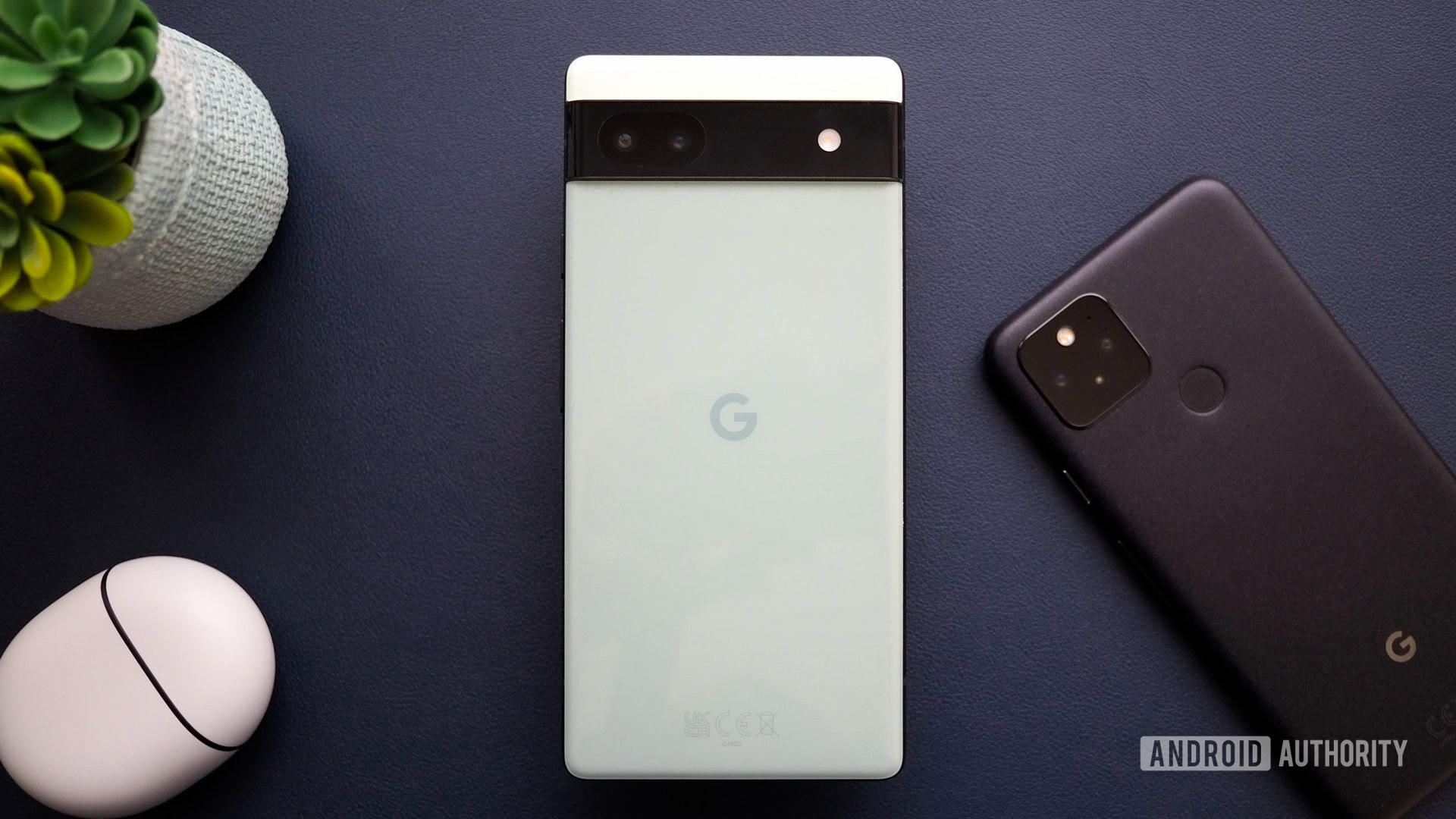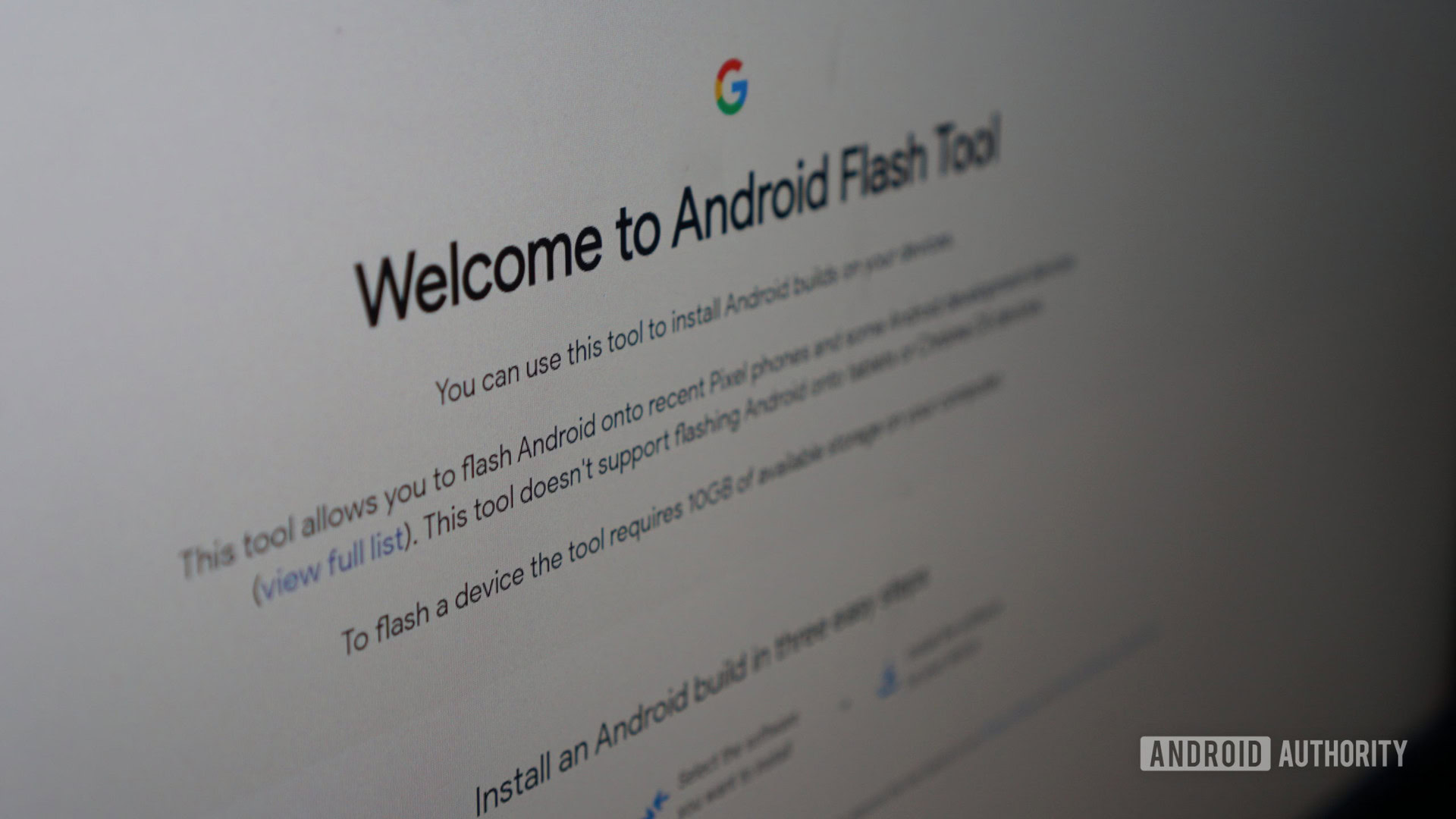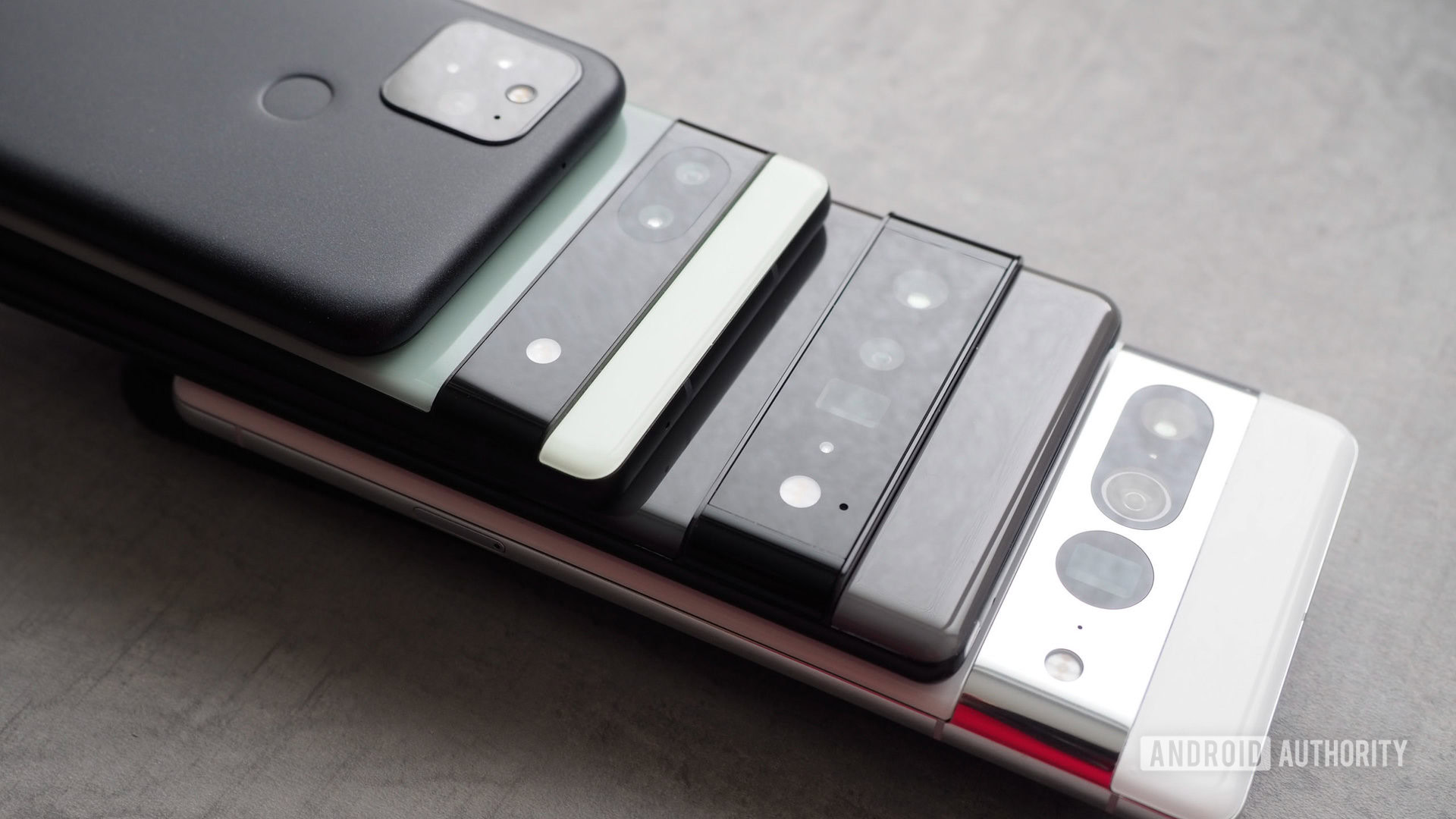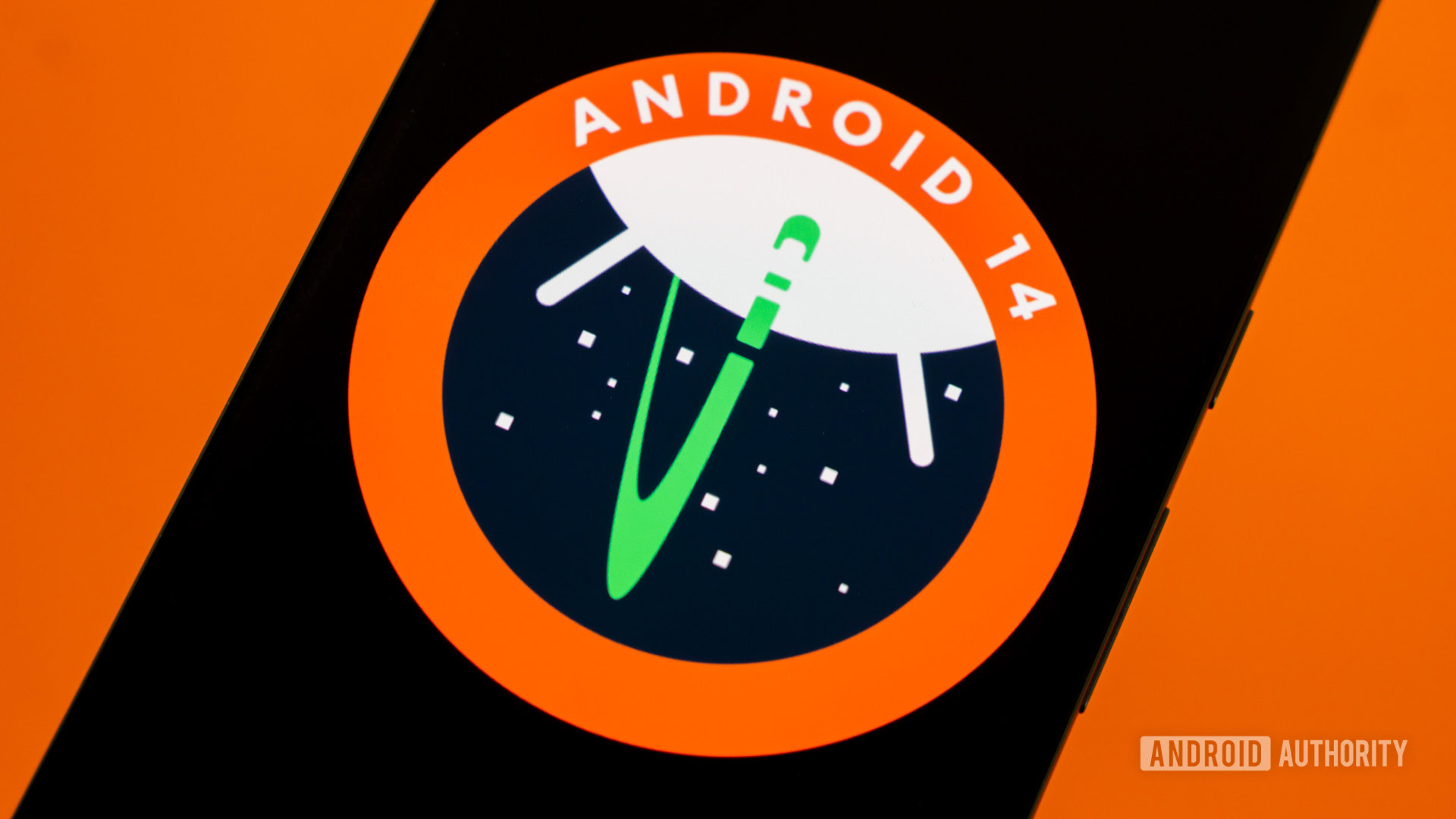Google has finally released Android 14, despite continuing to offer betas that showcase new features. Here’s the Pixel Feature Drop, in case you want to know about everything that’s been added to Pixel devices. If you want to give it a shot, you might be wondering how to install Android 14 on your smartphone. This guide can give you all the info you need!
Should I install Android 14?
Since the stable version of Android 14 is now out, you most likely won’t have to deal with any of the issues that come with a beta. So, if you’re a general user, you don’t have to be afraid to download and install the update. But if you’d like to stay on Android 13 for whatever reason, more power to you, but you’ll be missing out on all the new goodies packed into the latest OS.
What devices can install Android 14 today?

Rita El Khoury / Android Authority
Below, you’ll find the list of supported phones for the latest update:
- Google Pixel 4a (5G)
- Google Pixel 5
- Google Pixel 5a
- Google Pixel 6
- Google Pixel 6 Pro
- Google Pixel 6a
- Google Pixel 7
- Google Pixel 7 Pro
- Google Pixel 7a
- Google Pixel Fold
- Google Pixel Tablet
Unfortunately, if you have a Pixel phone launched before the Google Pixel 4a (5G), you will not be able to install the stable build of Android 14.
How do I install Android 14?
There are three ways to install Android 14: manual, assisted, and over-the-air (OTA). Manually installing is for advanced users only, while the assisted method is easy enough that pretty much anyone can do it. If you go with the manual or assisted methods, installing Android 14 will require you to unlock the phone’s bootloader, which completely erases the phone. There is no way around this. Keep this in mind if you’re thinking about installing Android 14 on your main device!
The OTA method, however, does not require you to factory reset your phone. This seamlessly jumps you from stable Android 13 to Android 14. However, going back to Android 13 would require a factory reset. Keep this in mind before you make the jump!
With all three methods, once you install Android 14, you will not need to factory reset to receive future updates. Once you’re in, you’ll get future updates automatically as an OTA update. In other words, you only need to factory reset once to get in on Android 14 if you used the manual or assisted method.
Prepare to install Android 14
Unless you use the OTA method, you will need the following materials and prerequisites to get started:
- A Windows, macOS, Chrome OS, or Linux computer with access to the internet and the latest Chrome browser.
- A short, thick USB cable for connecting your phone to the computer. The original USB cable that came with the phone is best for this.
Before you move on to the next steps, double-check that you have everything you need. You don’t want to get into the process of installing Android 14 and discover you aren’t fully prepared! Once you’re ready, continue on by using either the assisted or manual installation methods below.
Install Android 14 using the assisted method

Hadlee Simons / Android Authority
FINAL WARNING: This process will unlock your bootloader and completely erase all your phone’s data.
- Ensure your computer has the proper drivers for your phone, which you can grab from Google’s Pixel drivers page. This is an essential step — if you skip this, flashing will not work!
- Plug your phone into your computer using the USB cable.
- In your phone’s Settings, go to System > Developer options. If you don’t see Developer options, go to Settings > About phone and scroll all the way down to the Build number. Tap on the Build number seven times until your phone says you are a developer. Developer options should be available now.
- In Developer options, enable OEM unlocking and USB debugging.
- Visit the Android Flash Tool page for installing Android 14.
- Select the version of Android 14 you’d like to install. For some models, there’s a 64-bit-only version and a version that also supports 32-bit software. Either one works. If you don’t know which one to pick, choose the one that just says “(signed),” which supports both 64-bit and 32-bit software.
- Follow along as the flashing tool takes care of everything for you. Simply follow the instructions and remember not to touch your phone unless specifically instructed to do so by the flashing tool.
That’s it! You should now have Android 14 installed on your Pixel smartphone.
Install Android 14 using the manual method

Rita El Khoury / Android Authority
If the simpler assisted method mentioned above does not work for you, you can try the manual methods. Primarily, there are two manual methods:
- Sideloading OTA packages through ADB and Recovery: This method is useful for Pixel devices with a locked bootloader, and for users who want to preserve data moving from Android 14 to Android 14. This is not recommended if you are moving from Android 13 to Android 14.
- Flashing Factory Images through Fastboot: This requires an unlocked bootloader but is the recommended path for upgrading from Android 13 to Android 14. Unlocking the bootloader will completely wipe your device. The Fastboot installation will wipe your device again, but you can alter this behavior.
Irrespective of the method you choose, there are some common steps that you need to get in place:
- Install ADB on your computer by following our guide for the same. The process also installs Fastboot on your computer, as Fastboot is part of the Android SDK Platform Tools alongside ADB.
- Ensure that you have USB Debugging enabled on your smartphone:
- On your smartphone, go to Settings > About Phone.
- Locate the Build Number entry. Tap seven times on it. You will see a toast popup saying, “You are now a developer” or “No need, you are already a developer.” This means that Developer Options has been unlocked on your device, and you will see a new entry in your Settings menu.
- Now navigate to Settings > Developer Options > Enable USB Debugging. Confirm your selection when prompted in the warning.
- Ensure your computer has the proper drivers for your phone, which you can grab from Google’s Pixel drivers page.
- Connect your phone to the computer. Presuming this is the first time you are connecting your phone to your computer, you will get a prompt on your phone requesting authorization for the connection. Grant it.
With this, you will have your common steps in place. You can now move forward with the rest of the tutorial, depending on the install path that you choose.
Sideloading OTA packages through ADB
- Download the official OTA update zip file on your computer for your phone. Ensure that you download the file for your specific phone only, as flashing the file intended for a different phone model may mess with the installation process and render your device useless.
- Optional but recommended: Once the file has finished downloading, rename it to a simpler name, like abc.zip for example. This will save you from typing out the long name that the file originally downloaded with.
- Optional but recommended: Verify the SHA-256 checksum of the file you have downloaded. This reassures you that the file has been downloaded completely and correctly. Google mentions the SHA-256 checksum next to the download link.
- Place the file in the directory where ADB is located on your computer.
- Connect your phone to your computer.
- Open up a command prompt on your computer and run the command
adb reboot recovery. This will reboot your phone to recovery mode.- In case your phone does not reboot into recovery, you can also manually reboot into recovery by shutting down your device and then pressing and holding the power button and volume up button.
- Use the volume keys to navigate to the Apply Update from ADB option in the Recovery menu. Press the power button to select it.
- On the command prompt on your computer, run the command
adb devices. This will return a device serial number with “sideload” written next to it. This indicates that your phone is connected in sideload mode and is ready to receive further installation commands. - On the command prompt on your computer, run the command
adb sideload abc.zip. You will need to replace “abc.zip” with the filename that you have chosen. - ADB will install the update zip file on your phone.
- Once installation is complete, choose the Reboot system now option on your phone, and your device will reboot into the freshly installed Android 14 build.
Flashing Factory Images through Fastboot
FINAL WARNING: As part of this process, your phone will be completely wiped. Please ensure you have taken adequate backups before proceeding.
- Download the official Factory Images on your computer for your phone. Ensure that you download the file for your specific phone only, as flashing the file intended for a different phone model may mess with the installation process and render your device useless.
- Optional but recommended: Verify the SHA-256 checksum of the file you have downloaded. This reassures you that the file has been downloaded completely and correctly. Google mentions the SHA-256 checksum next to the download link.
- Unzip the file to a convenient location. For ease of installation, you can copy the contents to the directory where ADB and Fastboot are located on your computer.
- Connect your phone to your computer.
- Open up a command prompt on your computer and run the command
adb reboot bootloader. This will reboot your phone to Fastboot mode. - Unlock the bootloader of your phone: You do this by running the Fastboot command
fastboot flashing unlock. Note that this will erase all data on the device.- If your device reboots into the OS after a data wipe, you will need to skip all the setup steps and enable USB Debugging again. Once you do, reboot back into the Fastboot mode.
- On Windows PC, double-click on the flash-all.bat file. This will run the batch installation file and execute all the necessary commands by itself. On Mac/Linux PC, you will need to run
flash-all.- In case you want to preserve your system and app data between installations, you will need to open the flash-all script in a text editor program and delete the “-w” attribute from the command. This attribute denotes a wipe, so remove it if you do not want a wipe.
- Once the script finishes, your device will reboot into the new OS.
- Optional but recommended: Relock the bootloader of your phone by rebooting your phone into Fastboot mode and running the command
fastboot flashing lock.
That’s it! You should now have Android 14 installed on your Pixel smartphone.
Frequently asked questions
After a delay, Google released Android 14 on October 4.
If you own a Pixel, the OTA update should be available now. If you have a phone from another manufacturer, stable Android 14 will probably come to you in Winter 2023 or early 2024.
Certain manufacturers might roll out their own early Android 14 releases. However, that is up to the manufacturers to decide, so you’ll need to wait until they announce something. To be clear, you cannot install early versions of Android 14 on a non-Pixel phone unless that release comes directly from your phone’s manufacturer.
No, as long as you’re updating through the OTA method. If you use the manual or assisted methods mentioned above, you will need to factory reset (erase) your phone.
Your phone will automatically get the new over-the-air (OTA) Android 14 update. If you have a phone from Samsung or some other brand, there is no way to get the Android 14 update before the stable launch without joining a beta program.

